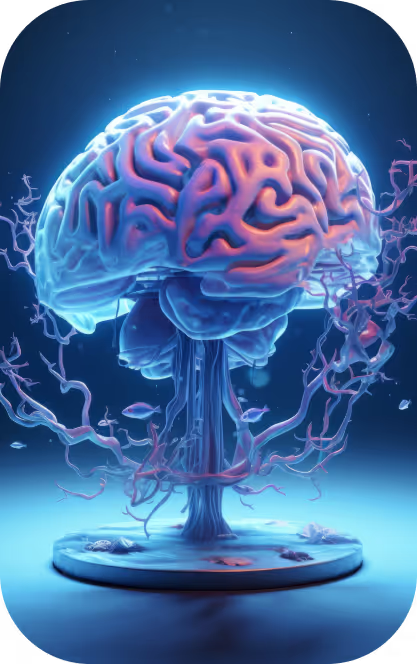Axiological and institutional potential of digital avatars in the context of digitalization of higher education
Magazine Name
Type
date
Authors
DOI
Annotation
The aim of the article is to develop a conceptual model of a digital teacher avatar as a key element of a personalized learning environment in higher education in the context of digital transformation. Based on an interdisciplinary approach, the architecture, functionality, and axiological and institutional potential of digital avatars within the digital university ecosystem are investigated. The emphasis is on defining the role of the avatar as an autonomous participant in the educational process, capable of cognitive adaptation, emotional feedback, and modeling of pedagogical practices. The methodological basis of the study is a combination of elements of systemic, structural-functional and interpretative analysis. Analytical reconstruction of technological solutions in the field of EdTech , content analysis of current international research, regulatory and legal analysis of copyright cases in the educational environment, as well as elements of a comparative approach to digital strategies of leading universities are used. A three-component model of a digital avatar is proposed, which combines sources of knowledge, service-analytical modules and blocks of user needs. The results of the study showed that digital avatars are an effective tool for hyper-personalized learning, based on the integration of new generation NLP models, biometric feedback, emotional analytics systems and simulation visualization. The article identifies the advantages of using digital avatars in professional training, in particular in the context of engineering, medicine and law. The effectiveness of adaptive learning scenarios built on the analysis of students' cognitive models is demonstrated, as well as the possibility of democratizing access to leading educational practices. Special attention is paid to the risks associated with the "uncanny valley" effect, legal conflicts regarding copyright and ethical challenges of using autonomous digital agents in higher education. The conclusions emphasize the need for further normative, ethical, and technological understanding of the implementation of digital avatars as a new type of digital presence in higher education. It is substantiated that digital avatars are capable of not only supporting the learning process, but also participating in the management of educational processes, transforming the architecture of interaction between all participants of the digital university.










